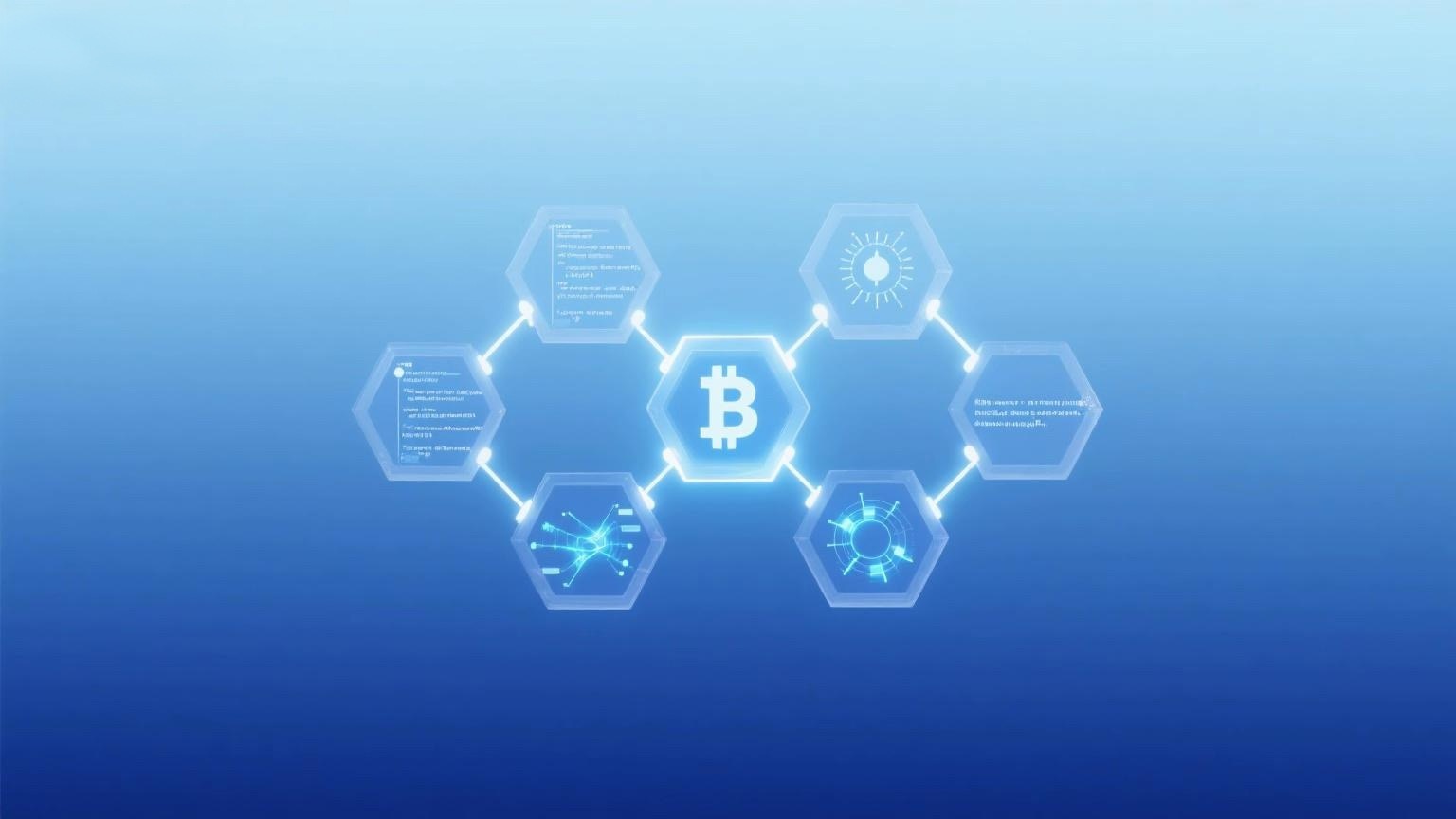
NO.8 Liquidity Pools
Liquidity pools are a feature of DEXs that allow investors to trade without any intermediaries. Smart contracts govern the operation of liquidity pools, maintaining balance between pairs/groups of different cryptocurrencies and tokens. Users can earn rewards by providing liquidity—depositing tokens into these pools on a DEX—to facilitate trading.
NO.9 NFT (Non-Fungible Token)
NFTs represent a major innovation in the token world. Unlike other tokens on Ethereum, NFTs are completely unique and cannot be exchanged for one another. As a result, they are often used to buy and sell unique artworks and collectibles, and they also have interesting test cases in more complex financial products. There are currently two main NFT standards in use: the original and unique ERC-721 tokens, and a hybrid version based on the ERC-1155 protocol, commonly used in gaming.
NO.10 Pump and Dump
The term "pump and dump" refers to a scenario where buyers simultaneously enter a cryptocurrency or token, artificially inflate its price, and then immediately sell off their holdings, causing the price to crash. This is common with newly issued tokens, where hype and private presales drive prices up before a sharp decline. Since not every investor can exit at the same time, this practice leaves many buyers suffering significant losses.
NO.11 Smart Contract
We’ve mentioned smart contracts multiple times because, without them, there would be no DeFi—their importance cannot be overstated. The code in smart contracts precisely determines how dApps and other blockchain protocols operate. Unlike traditional contracts, these contracts cannot be altered once written and deployed. Bugs in smart contracts can make them vulnerable to hacking, which is why most legitimate projects undergo rigorous audits before launch.
NO.12 Stablecoins
Stablecoins are a core pillar of DeFi, serving as the "fiat currency" or traditional money equivalent in the token world. There are two types of stablecoins: algorithmic stablecoins, which do not require 1:1 backing (or collateral) by traditional fiat, and centralized stablecoins, which are pegged to fiat. For example, DAI falls into the former category, while Tether (USDT) and USDC belong to the latter. Because users don’t have to worry about price volatility, stablecoins account for the majority of transactions in DeFi.
NO.13 Tokenomics
Tokenomics is somewhat similar to a prospectus for investors in the stock market—it outlines the key features of a new token and its future vision. It may include details such as how many tokens will be issued, how they will be distributed, and what utility the tokens will have. This is critical information to understand before purchasing tokens, especially during presales.
NO.14 Tokens
Tokens (also called "tokens") are often confused with cryptocurrencies like Bitcoin and Ethereum. Tokens are more akin to company stocks in the stock market—they can be traded for profit, but "stocks" are not the same as dollars or euros. Moreover, not all tokens hold value. The most common tokens are ERC-20 tokens, which operate on the Ethereum blockchain and form the backbone of DeFi. Some tokens grant holders voting rights over the operations of the issuing DAO, DEX, or dApp and are referred to as "governance tokens."
NO.15 TVL/TLV (Total Value Locked)
TVL stands for Total Value Locked. In the DeFi world, this refers to the amount of funds held by a single DEX, dApp, or the entire ecosystem, also known as Total Locked Value (TLV). Although early versions of DeFi appeared in 2017, the breakout year for DeFi was 2020, when TVL surged from $662 million in January to over $11 billion by November. TVL is often used as a metric to gauge DeFi’s success, but it doesn’t tell the whole story.
















